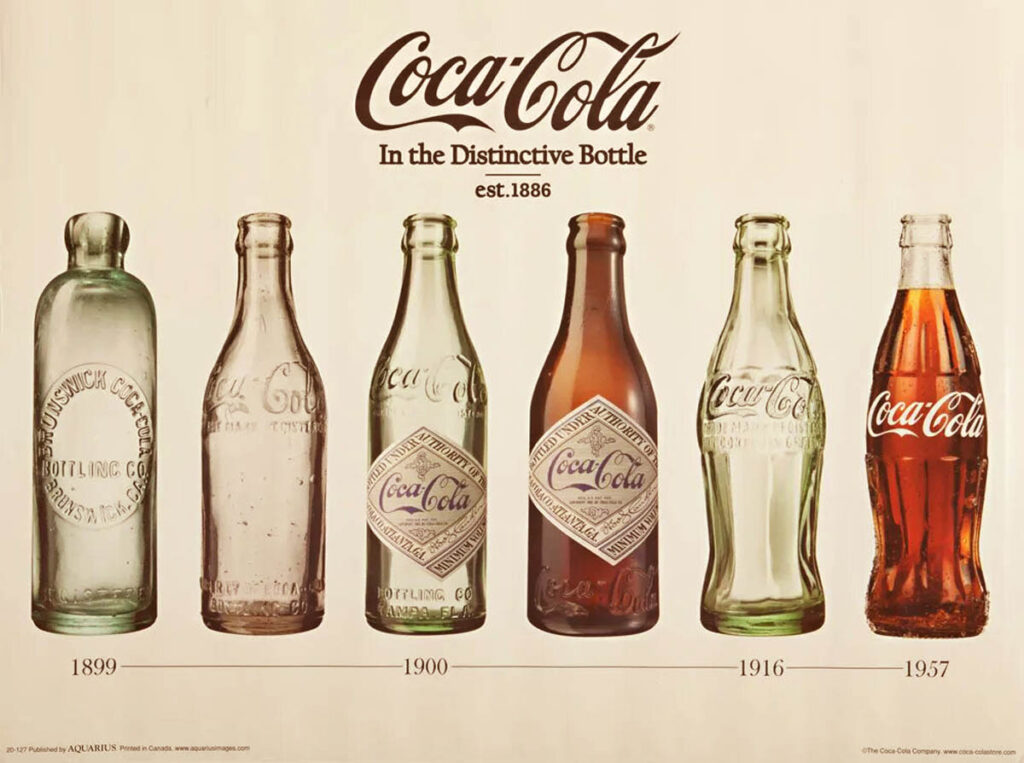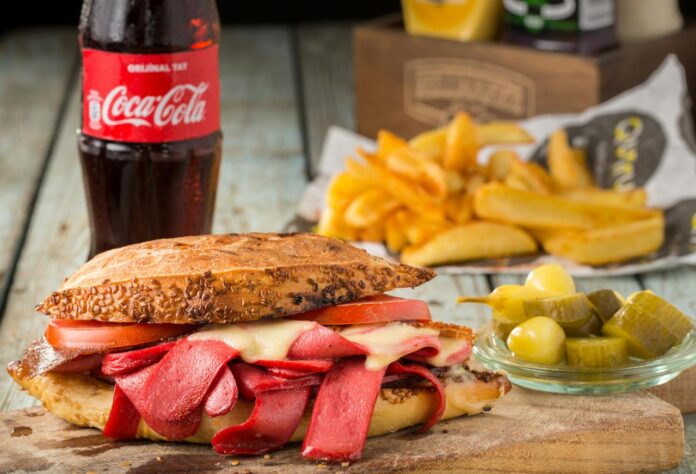In the world of carbonated beverages, few names resonate as powerfully as Coca-Cola. Its iconic red label and distinct flavor have made it a global symbol of refreshment for over a century. However, the story behind the creation of this fizzy elixir is not just a tale of business acumen but one of accidental innovation and the convergence of chemistry and creativity.
Page Contents
The Birth of a Beverage
The year was 1886, and in the bustling city of Atlanta, Georgia, a local pharmacist named Dr. John Stith Pemberton was busy concocting a new potion. Pemberton, a former Confederate Army lieutenant colonel, had been wounded in the Civil War and became addicted to the morphine prescribed to ease his pain. Seeking an alternative, he turned to a popular 19th-century elixir ingredient – coca leaves.
Pemberton’s original intent was to create a non-alcoholic version of French Wine Coca, a popular wine infused with coca leaves and touted for its medicinal properties. However, the city of Atlanta had recently enacted prohibition laws, limiting the sale of alcohol, which forced Pemberton to pivot his formula. He replaced the wine base with a sugary syrup and carbonated water, creating a concoction that he initially named “Pemberton’s French Wine Coca.”
Read Also : The Accidental Brilliance of Ballpoint Pens: Writing Revolution
The Accidental Twist
As fate would have it, Pemberton’s bookkeeper and partner, Frank Mason Robinson, played a pivotal role in shaping the beverage’s destiny. Robinson, an expert in penmanship, suggested the name “Coca-Cola” and even penned the now-famous script logo. His artistic flair gave the burgeoning beverage a brand identity that would prove timeless.
The accidental genius of Coca-Cola’s inception lies in Pemberton’s original goal – a remedy for his morphine addiction. The coca leaves, while providing the desired flavor, also contained trace amounts of cocaine. In 1886, this was not uncommon, as the stimulant properties of coca were not fully understood. Pemberton’s concoction was lauded for its supposed health benefits, including alleviating headaches and fatigue, thanks to the stimulating effects of coca and the invigorating properties of carbonation.
The Rise of a Beverage Empire
Coca-Cola’s ascent to global dominance was not immediate. Pemberton faced numerous challenges, including a decline in health and financial difficulties. In 1888, facing bankruptcy, he sold the rights to the Coca-Cola formula to Asa Griggs Candler, a businessman with a vision.
Candler’s genius lay not just in marketing but in recognizing the potential of Coca-Cola as a mass-produced, widely distributed beverage. He aggressively marketed the drink as a refreshing and invigorating tonic, ensuring its availability in soda fountains across the United States. By the turn of the century, Coca-Cola had become a national sensation, symbolizing the spirit of the American dream.
The Secret Formula and the Birth of the Contour Bottle
One of Coca-Cola’s enduring mysteries is its closely guarded formula. The recipe, originally held in a vault in the SunTrust Bank in Atlanta, was moved to the World of Coca-Cola museum in 2011. The secrecy surrounding the formula has fueled countless rumors and conspiracy theories, adding an air of mystique to the beverage’s history.
In 1915, Coca-Cola faced a new challenge – imitations and copycats. To distinguish itself, the company launched a design competition for a new bottle. The winning design, created by the Root Glass Company, became the iconic contour bottle we recognize today. Its unique shape, often described as the “hobble-skirt” bottle, not only prevented imitation but also became a symbol of Coca-Cola’s distinctive brand.

Coca-Cola Goes Global
The real turning point for Coca-Cola came during World War II when the U.S. government requested that Coca-Cola ensure its availability to American soldiers overseas. This led to the development of portable bottling plants, making Coca-Cola an international phenomenon. Soldiers returning from the war had developed a taste for the beverage, and Coca-Cola used this momentum to establish itself globally.
By the 1950s, Coca-Cola was not just a beverage; it was a cultural phenomenon. The company’s marketing, epitomized by the iconic “Pause That Refreshes” campaign, played a significant role in shaping the American way of life. Coca-Cola became synonymous with happiness, and its advertisements portrayed a utopian world where a sip of the beverage could transport you to a realm of joy and camaraderie.
Fizzical Chemistry: The Science Behind the Bubbles
At its core, Coca-Cola’s appeal lies in its effervescence, that delightful fizz that tingles the taste buds. The chemistry behind carbonation is deceptively simple but crucial to the beverage’s success.
Carbonation is the process of dissolving carbon dioxide (CO2) in a liquid. In the case of Coca-Cola, carbonation is achieved by pressurizing carbon dioxide and dissolving it in water. The high pressure allows more gas to dissolve than would under normal atmospheric pressure. When the pressure is released upon opening the bottle or can, the carbon dioxide is released, forming bubbles.
The role of carbonation goes beyond mere sensory pleasure. It also acts as a preservative, extending the shelf life of the beverage. The acidity created by dissolved carbon dioxide inhibits the growth of bacteria and other microorganisms, helping Coca-Cola maintain its freshness.
The Challenges of Change
While Coca-Cola’s recipe and branding have remained relatively constant over the years, the company has faced challenges in adapting to changing consumer preferences. The rise of health-consciousness and a shift away from sugary beverages have forced Coca-Cola to diversify its product offerings. The introduction of Diet Coke, Coca-Cola Zero Sugar, and a range of flavored variants reflects the company’s efforts to stay relevant in an evolving market.
Environmental concerns have also prompted Coca-Cola to reevaluate its packaging and sustainability practices. The company has committed to using more recycled materials in its bottles and reducing its carbon footprint, acknowledging the need to align with modern expectations regarding corporate responsibility.
Read Also : The Sweet Mistake: The Surprising History of Saccharin and Artificial Sweeteners
Conclusion: A Fizzy Legacy
Coca-Cola’s journey from a local remedy to a global phenomenon is a testament to the power of accidental innovation and the marriage of chemistry and creativity. The accidental use of coca leaves, the marketing brilliance of individuals like Frank Mason Robinson and Asa Griggs Candler, and the enduring appeal of the secret formula have all played integral roles in Coca-Cola’s legacy.
As we raise our glasses to this fizzy elixir, it’s worth acknowledging the cultural impact of Coca-Cola. It’s more than a beverage; it’s a symbol of joy, a testament to the enduring power of branding, and a reminder that sometimes, the most extraordinary stories begin with a touch of the accidental. The next time you enjoy the effervescence of a Coca-Cola, remember the fizzical chemistry that has made it a beloved part of global culture for well over a century.


